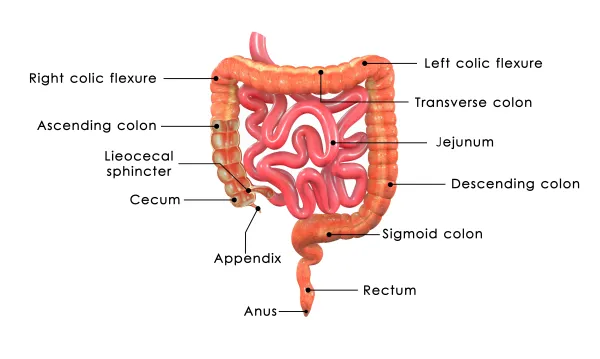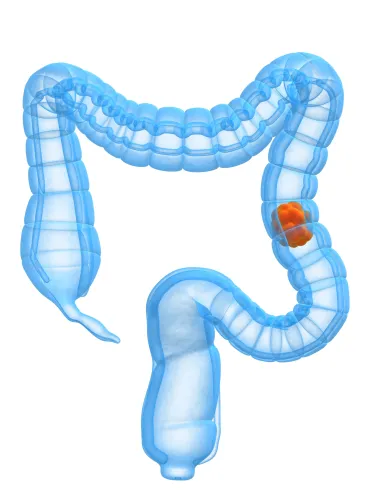Latest CCI Edition Takes Aim at Colectomy Codes

Do you know how this will affect your claims? April 1 has come and gone, so you should already be applying the gastroenterology edits included with the latest round of the Correct Coding Initiative (CCI) version 24.1. If you're staring at a denial involving 45395, these edits may be to blame. Read on to find out what you should know. Forget About Modifier 59 With These Bundles The latest edition of CCI changes the modifier indicator on the following bundles to "0," which means you can no longer separate the edits under any circumstances, even when using a modifier such as 59 (Distinct procedural service). When Modifier Indicator Is "0," Don't Consider ABN The CCI was created to assist physicians in correctly coding their services for reimbursement, said CGS Medicare's Vanessa Williams during a March 28 webinar entitled "Correct Coding Initiative and Medically Unlikely Edits." Lowdown on the bundles: One type of CCI error is unintentional, which results from a misunderstanding of coding, Williams said. The second is intentional, "when the technique is used by the provider to manipulate coding in order to maximize reimbursement," she explained. In addition, some coders will report multiple codes when one code would actually cover all of the services performed, which is also marked as an error under the CCI rules, she said. As most coders are aware, under the CCI bundles, the column 2 code is typically bundled into the column 1 code, which means that when you review a particular bundle, you'll refer to the column 1 code as the payable code and to the column 2 code as the bundled service. Resource: CMS lists the CCI edits on its website, so if you have any question of whether a code pair is bundled, you can simply refer to the most recent list online. "It's the provider's responsibility to look at the services listed under the coding edits – it's not the MAC call center's responsibility," Williams said. While you are free to call your MAC's call center to find out why a claim is denied, the representative will simply tell you that the denial was due to a CCI edit, and then it once again becomes your responsibility to check the bundles. Modifier Indicators: If a code pair has a "0" modifier indicator, "it is something that cannot be submitted separately," Williams said. "In addition, the beneficiary cannot be responsible for the reimbursement of that code in column 2, and the beneficiary cannot be billed for that service, not even with an advance beneficiary notice," she said. A "1" modifier indicator, however, indicates that you can append a modifier such as 59, 25 (Significant, separately identifiable evaluation and management service by the same physician or other qualified health care professional on the same day of the procedure or other service), or one of the new "X" modifiers to separate the bundle, but only if you have supporting documentation in the medical record of the separate services. A modifier indicator of "9" means that no CCI edit applies to that code pair, although it's possible that a bundle previously applied to the pairing and was later deleted. Resource: To review the CCI edits on the CMS website, visit https://www.cms.gov/Medicare/Coding/NationalCorrectCodInitEd/index.html.




